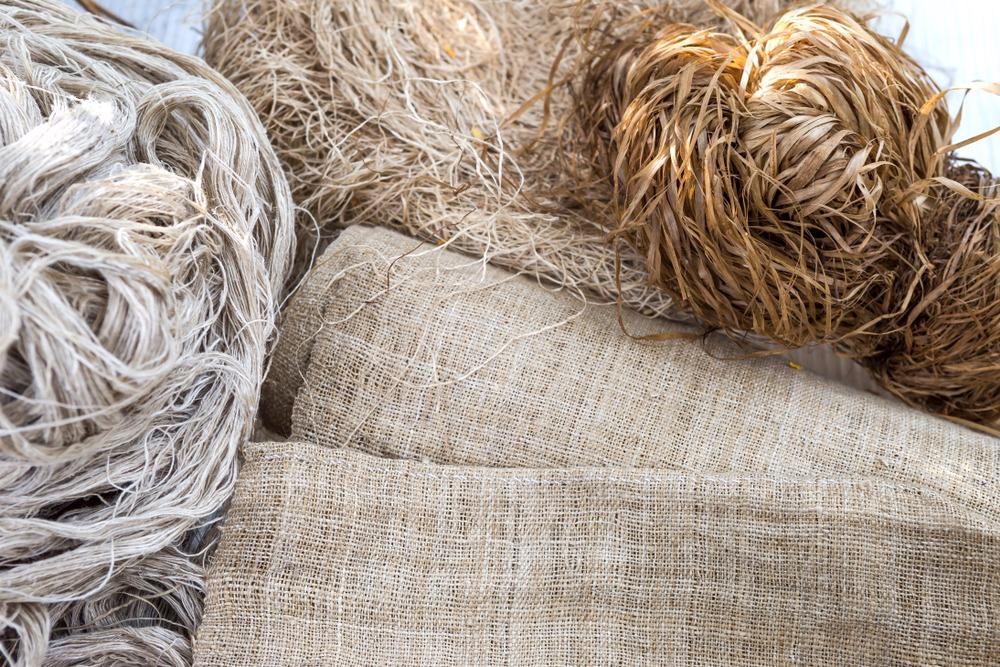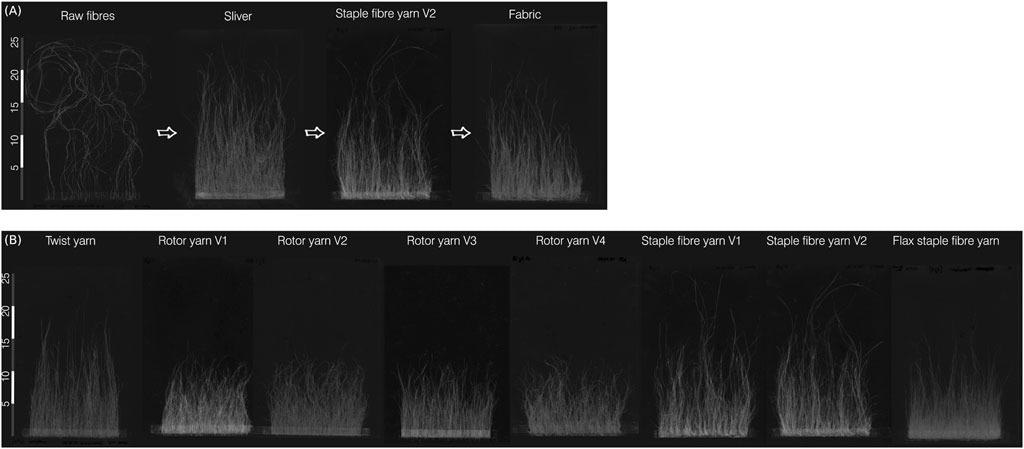.jpg) By Susha Cheriyedath, M.Sc.Reviewed by Skyla BailyFeb 3 2022
By Susha Cheriyedath, M.Sc.Reviewed by Skyla BailyFeb 3 2022The latest article published in the journal Frontiers in Materials by German researchers focuses on the development of yarns for composite additives made from low-cost hemp separated by a disorderly separation technique (whole fibre line).

Study: Hemp From Disordered Lines for New Staple Fibre Yarns and High-Performance Composite Applications. Image Credit: sirirak kaewgorn/Shutterstock.com
Utilization and Limitations of Natural Bast Fibres
As environmental protection grows and fossil fuels become scarcer, greater and greater materials based on renewable feedstocks are being employed in the composite materials. Hemp fibres are used in a wide range of applications due to their biological nature, which is related to sequestering carbon throughout development.
In general, natural fibres provide environmental benefits such as biocompatibility, recyclability of raw materials, and lower environmental impact. Bast fibres, such as hemp, have a higher tensile strength than many other vegetable fibres. In recent years, there has been a growing interest in employing bast fibres for higher-loaded purposes.
Flax fibres and flax fibre-reinforced polymers, in particular, were thoroughly investigated. Hemp fibres are frequently more difficult to process than flax fibres. The higher cost of partly finished goods is one of the most significant issues with the industrial applications of bast fibres for high-value purposes.
Long flax is now employed for highly strained natural fibre-reinforced components, which are expensive because of the sophisticated and costly harvesting and processing technologies. Semi-finished product prices can approach those of carbon fibre semi-finished goods.

Staple length of hemp fibre bundles prepared from raw fibres, staple fibre yarn and fabric and (B) Staple length of hemp fibre bundles from different yarns compared to flax fibre bundles from a staple fibre yarn (last picture on the right); the scale is given in cm. Image Credit: Gaupner, N. et al., Frontiers in Materials
Factors Affecting Properties of Hemp
Many factors, including growing, gathering, fermentation, and treatment, can alter the qualities of hemp fibres and aggregates for use in technological applications. To obtain a good reinforcing effect in a composite, hemp fibres are frequently modified to increase their important parameters and interfacial adhesion with polymeric matrix while decreasing their hydrophilicity.
Modifications Processes of Hemp
Hemp might be modified physically, chemically, and biologically. Alkali and other organic chemicals may lower the hydrophilic character of the fibres, improving compliance with the matrix material. Physical approaches can be used to affect the morphology and surface characteristics of fibres without significantly altering their chemical makeup.
The surface characteristics of fibres can also be modified using bioagents and procedures such as fungus. The better interfacial bonding between hydrophilic fibres and hydrophobic polymers lowered moisture absorption, which may contribute to greater tensile properties, microbial activity deterioration resilience, greater temperature stabilization, and longer composite durability. Aside from fibre qualities and processing technology, the reinforcing structure can have a major impact on composite performance.

Fracture behaviour after impact tests of pultruded rectangular rods. Image Credit: Gaupner, N. et al., Frontiers in Materials
Comparison of Hemp and Glass Fibre
The density of hemp fibres is noticeably lower in comparison to glass fibres, which may also contribute to a reduced density of the composites. However, the type of methodology must also be considered. Because of the uneven form and related uneven fibre stacking, the highest fibre content percentage of hemp fibres to be reached in a composite is frequently lower than that of glass.
As a result, the component thicknesses may be greater than that of glass fibre-reinforced (GFC) composites. However, with lower and equivalent fibre volume fractions, hemp fibre reinforced composites (HFCs) show evident advantages in terms of lightweight construction potential when compared to GFC, which also affects the outcomes of life cycle assessments (LCA).
Are Hybrid Materials Useful?
To mitigate the drawbacks of HFC and GFC, hybrid composites are increasingly being employed in high-stress composites. Above all, hybridization can greatly increase the durability of HFC and the dampening behaviour of GFC. Some researchers have also looked into thermosetting hemp/glass hybrid composites, which have shown to be useful. In general, hybridization with glass fibres enhances composite features like tensile capabilities and absorption capacity when compared to pure HFC. It should be emphasized, however, that the characteristics of hybrid materials are heavily influenced by the layer arrangement.

Fracture behaviour of hybrid hemp/glass tensile test specimens (glass outer layers) produced by vacuum infusion (A), autoclave injection (B) and RTM (C). Image Credit: Gaupner, N. et al., Frontiers in Materials
Research Findings
A micro pultrusion procedure was used to create a composite with thermosetting matrices made from the yarns. The results reveal that about 90% of the flexural strength and modulus of similarly made flax composites could be attained, with maximum flexural strength values of 282 MPa.
The greatest results were achieved for a laminate with 39 vol percent fibre content, created in an autoclave using a resin injection procedure, with a tensile strength of 155 MPa, Young's modulus of 19.4 GPa, a flexural strength of 174 MPa, and a bending modulus of 12.4 GPa. The characteristic values are adequate for the substances to be used in activities with superior mechanical demands. In comparison to the compressive and impact capabilities, the usage of hybrid materials results in an even major increase in strength properties than the hemp laminate.
Further Reading
Gaupner, N. et al., 2022. Hemp From Disordered Lines for New Staple Fibre Yarns and High-Performance Composite Applications. Frontiers in Materials, Volume 8. Available at: https://www.frontiersin.org/articles/10.3389/fmats.2021.807004/full
Disclaimer: The views expressed here are those of the author expressed in their private capacity and do not necessarily represent the views of AZoM.com Limited T/A AZoNetwork the owner and operator of this website. This disclaimer forms part of the Terms and conditions of use of this website.